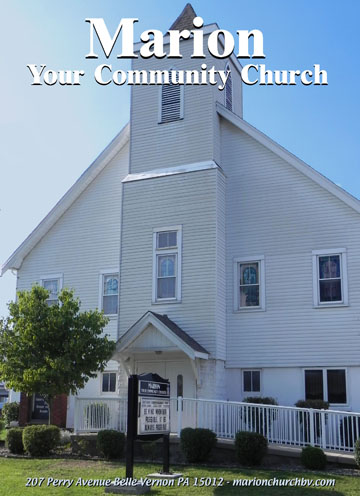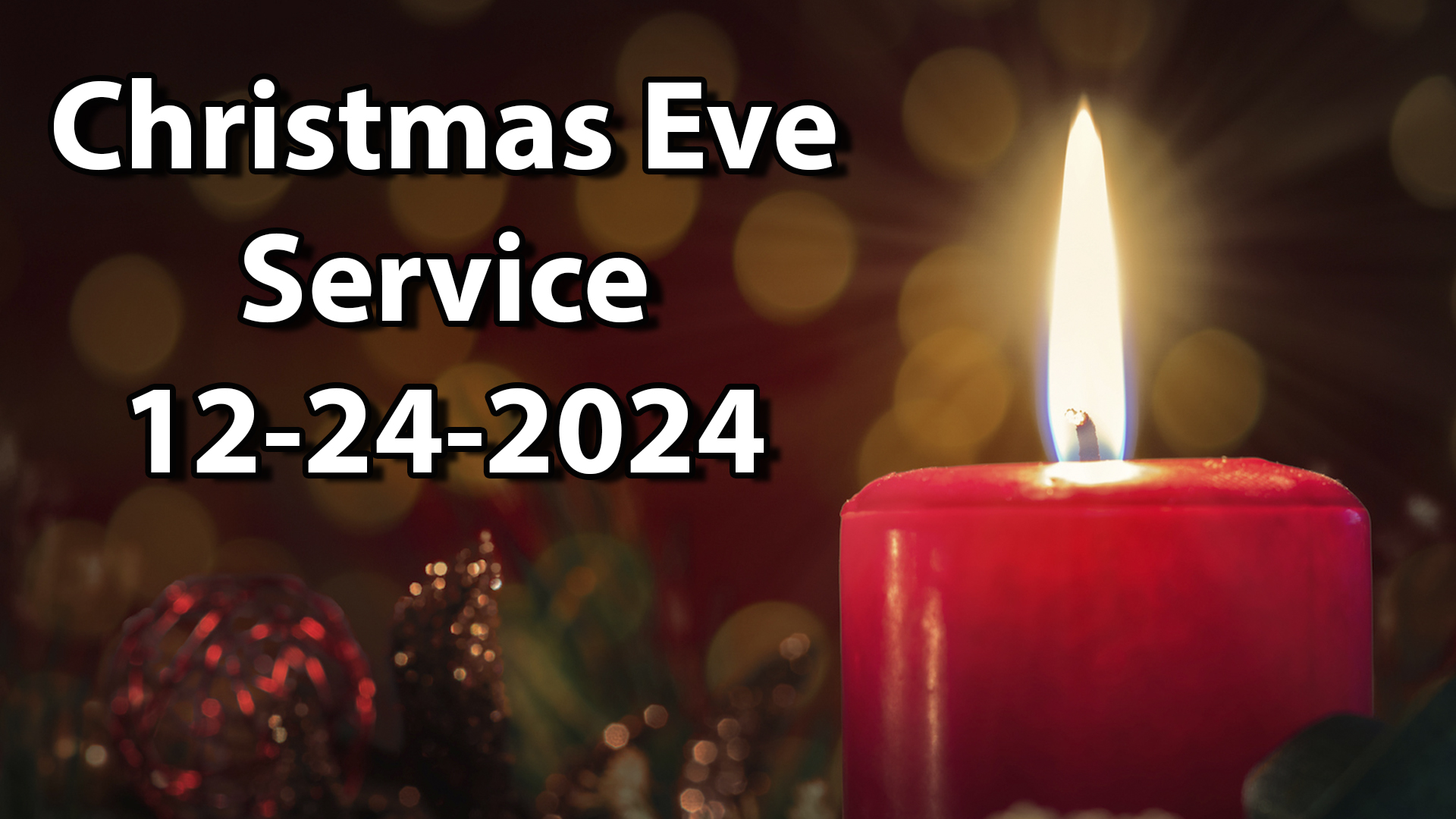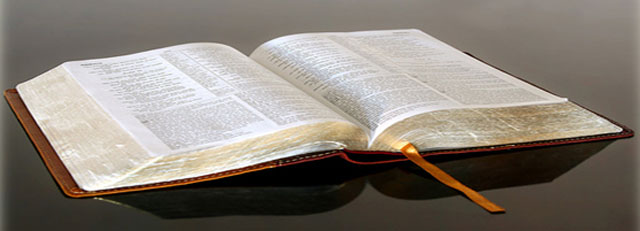History of Marion Presbyterian Church
The idea of a Marion Presbyterian Church originated in the mind of Andrew Brown, a man of great influence in the Fayette City district and a man of strong Christian faith and convictions. It was under his guidance that the Mission was started in the Marion school house in 1901. The Rev. Edwin D. Bevier was in charge of the Sunday school and preaching services.
Mr. Brown realized that as a civilizing influence, a builder of strong and sturdy homes, a creator of morality and as a restraint on sin of every kind, that the preaching and teaching of God’s Word had more power than any other agency and so he backed this great work in Marion and financed the entire undertaking alone.
Rev. E. D. Bevier kept up his spiritual influence of the Word in the community until he left for Carmichaels, Pennsylvania. After Rev. Bevier left, Marion was blessed with a young Scotsman who was filled with missionary zeal and a strong desire to build a House for the Lord. This young man was Rev. Archibald F. Fulton. While serving the Marion Mission he attended Western Seminary and was ordained to the ministry in Redstone Presbytery. On January 29, 1920, the Marion Presbyterian Church was organized and funds were raised for the erection of a church edifice.
The contract for construction of the new building was awarded to the Fayette Construction Company on July 14, 1920 with a bid cost of $20,000.00. The cornerstone was laid in 1920 and the church building was completed in 1921.
The dedicatory service was held on Sunday, February 20, 1921 with Rev. A. F. Fulton as presiding pastor. The Rev. A. F. Fulton remained the pastor of Marion Presbyterian Church until April 1924. He had a virtuous effect on the Fayette City, Belle Vernon community while also serving as a part time pastor for the Webster Presbyterian Church. Pastor Fulton also preached at the Brownstown school house in Lovejoy, which was another inspirational project of Mr. Andrew Brown. Rev. Fulton actively participated in every good work in the Fayette City, Belle Vernon district. Then the North Liberty and Center Churches at Grove City offered Rev. Fulton a pastoral call to become their pastor and he accepted. Marion Presbyterian Church was left without a pastor until October 1924.
Rev. William T. Buchanan was then called to be pastor of the Marion Church but only stayed about six months. Meantime the church manse was built on the lot next to the church at the cost of $7,200. The Manse construction was completed in the fall of 1925.
Around March 1925, the Rev. D. C. White was then called to pastor Marion Church and was the first pastor to occupy the new Manse. During his pastorate of three years and a few months the church underwent further renovations. The main building was raised about three feet and the basement rooms became the Fellowship Hall with a large dining room and an updated kitchen. During these years the dedication of the Church to the Community was substantiated by allowing the Washington Township schools to utilize the church facilities for all the school activities which required an auditorium, thus establishing the church as the core center of the community.
Rev. White resigned his charge at Marion in December 1928 when he received a call to Prosperity Presbyterian Church in Washington Presbytery.
Since December 1928 the church had been left without a regularly called pastor. However, the church remained strong by maintaining a large Sunday school until 1931, when a young man, Rev. Harvey L. Jennings, studying for the ministry, came and spent the summer among the people of Fairhope and preached regularly while on school vacation until he accepted a calling as pastor of a church in New Jersey.
On Sunday, January 24, 1937, as members of the church assembled for morning worship, fire, originating in the furnace room, was discovered and spread rapidly throughout the structure. Before the fire companies could get it under control, the building and all its contents were completely destroyed. This was severe blow and a great loss to the congregation since there was not sufficient insurance to cover the cost of building a new church. However, undaunted by this catastrophe the struggling congregation went to work with faith and hope in their Lord to raise funds once more to erect a place of worship on the grounds where the charred remains of the former church building now stands.
Much credit is due to the ladies of the church for their continuous efforts in raising funds and keeping alive the interest in the church life of the community. We also offer our gratitude and thanksgiving to all of the present officers of the Church and Sunday school and to all past officers. In all, there were numerous church organizations and other churches of Presbytery and Sunday schools to be commended for the prayers, fund raising efforts, and all the fine help given to this great enterprise. Among these churches and Sunday schools helping to reconstruct Marion Church were Belle Vernon, Webster, Mt. Pleasant Union, Lake Lynn, McClellandtown, Mt. Washington, McKeesport, First, Connellsville First, Uniontown Second, Uniontown Third, East McKeesport, Irwin, Harmony and Hopewell.
The construction of the new Marion church building began June 29, 1939 and was completed and dedicated on January 8 _______. This new church building did not cost as much to erect as the former one since the new structure was erected on the foundation of the former church building, the only part of the church that the fire did not destroy. We pray that this new church with its new beginning will once again be the center of the community’s life. Also on this glorious day, Rev. George Guest, who accepted a call from this church, together with a call from Webster and Pricedale churches was installed as our new pastor. He remained our pastor until he retired in August 1957.
From August 1957 until January 4, 1959 we were without a pastor until James Giesy came to us as a student pastor. He was ordained in June 1959 and remained our pastor until August 1961.
In September 1963 Rev. Abner Richards answered our call for a pastor until he passed away on April 18, 1967. From April 18, 1967 until _________________ we received pastoral supplies every Sunday sent by the Preaching Association of the Theological Seminary.
The following information was contributed by Mrs. Margaret Glotfelty.
First Church – (1921)
Clerk of Session: Thomas Hamer
Elders: John Askew, Chas. Lambert, James Stratton, James Hunter
Trustees: Richard Hamer, President, Edward ____________, Thomas Dent, Henry Osthouse, Clyde Houseman, William Underwood, and Andrew Brown
Second Church – (1939)
Clerk of Session: Mrs. W. T. Hamer
Elders: Peter Godissart, Edward Breakwell
Trustees: Edward Breakwell, President, Mr. W. T. Hamer, Peter Godissart, James Todd, George Wilding, Charles Pierce, and Mrs. George Green
Session – (1969) Partial listing.
Clerk of Session – John H. Glotfelty
Elders: William Trenk, Douglas Byron, Charles Hewitt, Edith Weaver, Melvin Harden, James Houseman
Treasurer: Margaret Glotfelty
Views: 71







